Geek travel! A guide to Palo Alto’s tech tours
Palo Alto is a unique combination of leafy university town, hi-tech hub and mecca for geek tourists.
For some tourists, a visit to sprawling San Francisco with its cool architecture, world-famous sights and beautiful bay is quite enough. But if, like me, you’re a technologically-minded traveler (read: geek), it’s impossible to leave until you’ve scratched that itch that originates 30 miles down the road in Palo Alto, the heart of Silicon Valley.
In this leafy, suburban part of California, world-changing ideas were born, along with software we all use every day, the hardware that powers them and some of the most iconic products in history.
It is quite simply the birthplace of a revolution, and best of all, just like Paris or St Petersburg, it’s a place you can visit and gawk at.
History
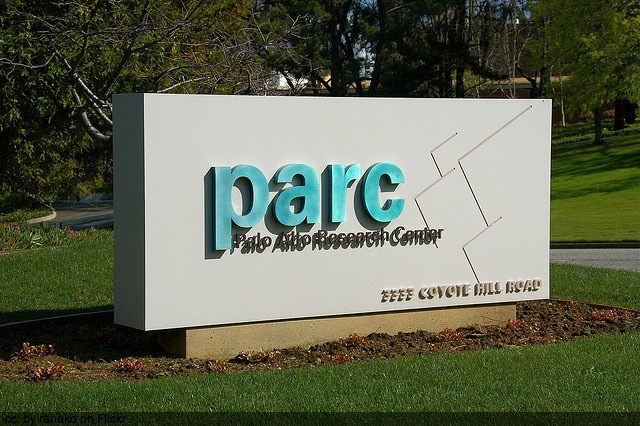 But first, some history. In 1951 Stanford University was struggling both financially and academically and agreed to make 209 acres of college land available for commercial use. The land could be used for a shopping centre, thought academics, or extra student housing. It took the efforts of Frederick Terman, then Dean of Engineering, to shape what it would become.
But first, some history. In 1951 Stanford University was struggling both financially and academically and agreed to make 209 acres of college land available for commercial use. The land could be used for a shopping centre, thought academics, or extra student housing. It took the efforts of Frederick Terman, then Dean of Engineering, to shape what it would become.
Frustrated by the continual “brain drain” of his Masters and PhD students to East Coast areas where there were jobs, Terman took a place on the Advisory Committee on Land and Building Development and steered the committee towards attracting research and development firms to the park, for which there were excellent government grants.
He was persuasive, and the Stanford Industrial Park’s first client was a firm called Varian (on whose board Terman sat) followed quickly by Eastman Kodak. In 1956, Hewlett Packard made the park its global headquarters and four years later, the site was expanded to 450 acres.
Since then, it’s been the home of companies that have spawned more companies, housing a hi-tech chain reaction that shaped the 21st century.
Geography
Today, the renamed Stanford Research Park park covers over 700 acres, and although it’s a tiny area compared to the “Valley” that grew from it, Stanford’s top academics and graduates still flood there for jobs with the likes of Hewlett Packard, Xerox and Facebook.
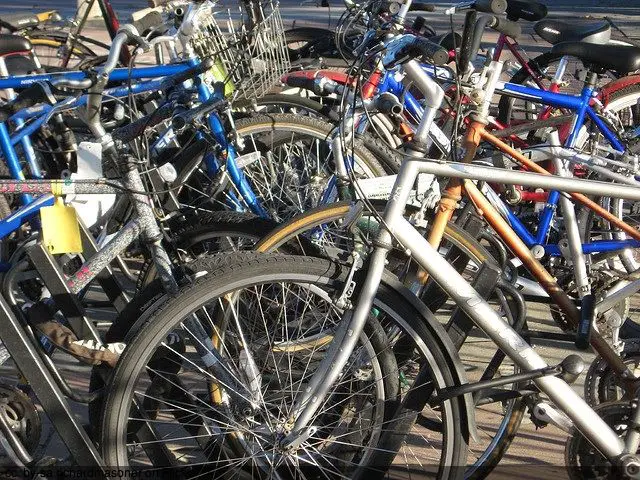 For visitors needing some orientation, Silicon Valley sits in the south San Francisco Bay area but is considered more concentrated in the Peninsula and South Bay, where most of its most famous tenants are located.
For visitors needing some orientation, Silicon Valley sits in the south San Francisco Bay area but is considered more concentrated in the Peninsula and South Bay, where most of its most famous tenants are located.
Palo Alto, the home of Stanford and where it all began, is easily accessible by train or car from San Francisco or San Jose. Transport in the small university town is easy – think Cambridge rather than San Francisco and get on a bike – you can rent one from the Campus Bike Shop from $15 a day.
Bike tour
Beginning in Menlo, in the northeast of the city, visitors can cycle past the garage where Sergey Brin and Larry Page founded Google (Santa Margarita Avenue, just look for the tour buses), before heading southeast for a mile or so and reaching another garage (367 Addison Avenue), where Bill Hewlett and Dave Packard first worked together in the 1930s.
Continue south, and the leafy grounds of Stanford University beckon, filled with beautiful walks, exhibitions and public lectures, as well as a golf course (university members and their guests only) and a driving range which is open to the public.
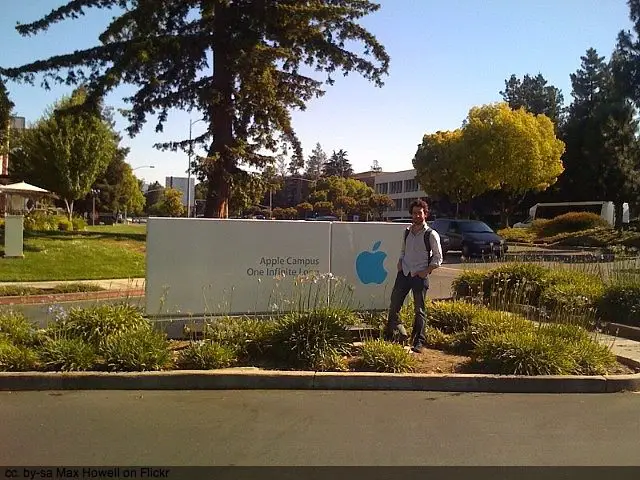 Adjacent to the site is Terman’s Stanford Research Park – check out their self-guided tour for how to get around and see the HP, Xerox, Skype and Lockheed offices, but don’t forget to look out for Facebook at 1601 California Avenue as it’s not on the tour.
Adjacent to the site is Terman’s Stanford Research Park – check out their self-guided tour for how to get around and see the HP, Xerox, Skype and Lockheed offices, but don’t forget to look out for Facebook at 1601 California Avenue as it’s not on the tour.
Eat
If you’re a little peckish by this point, Palo Alto offers cuisine to suit budgets ranging from student to dot-com millionaire, clustered around the top of the University campus on University Avenue — Mantra is my favorite at the top end, while Abbey’s Hamburgers is an all-American joint popular with students and locals alike.
Car tour
With a car (ideally an electric one from Tesla, which as of 2009 is also based in the Stanford Research Park), it’s possible to hit the highways and explore further afield, taking in some of the businesses that have spread their wings.
Mountain View, which borders Palo Alto, offers some stunning views of the Santa Cruz mountains (as the name suggests) and is home to Google’s sprawling campus. Unfortunately, visitors can’t get in, but most make do with snapping a photo of themselves next to the enormous 1600 Amphitheatre Parkway sign that marks the site.
The same can’t be said for Apple’s Infinite Loop headquarters in Cupertino, around 14 miles from Palo Alto. Here, you can visit the “mothership”, the only place in the world licensed to sell official Apple merchandise such as t-shirts and mugs, and snap a few photos of yourself in front of the One Infinite Loop sign. Geeky? Definitely, but at least when you next read “Designed by Apple in California” on a product, you’ll know exactly where.
By the end of this tour, you’ll have seen the sights and walked the paths haunted by some of the most influential individuals of our time. Frederick Terman died in 1982, but his legacy lives on in Silicon Valley — so if you see Sergey Brin, Larry Page, Steve Jobs or Mark Zuckerberg on your travels, remind them who to thank.

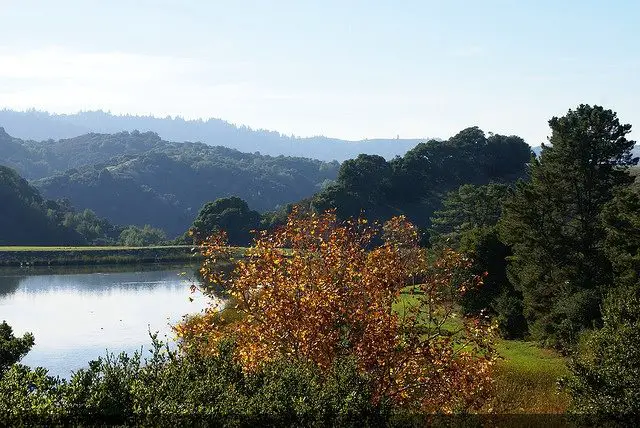
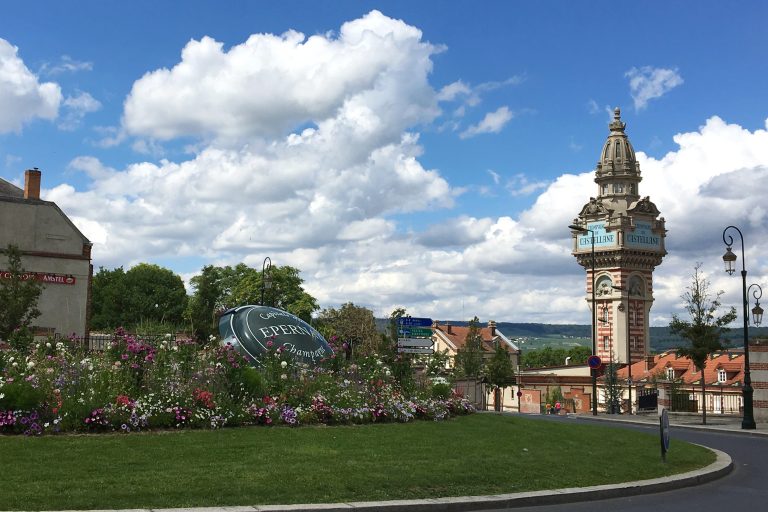

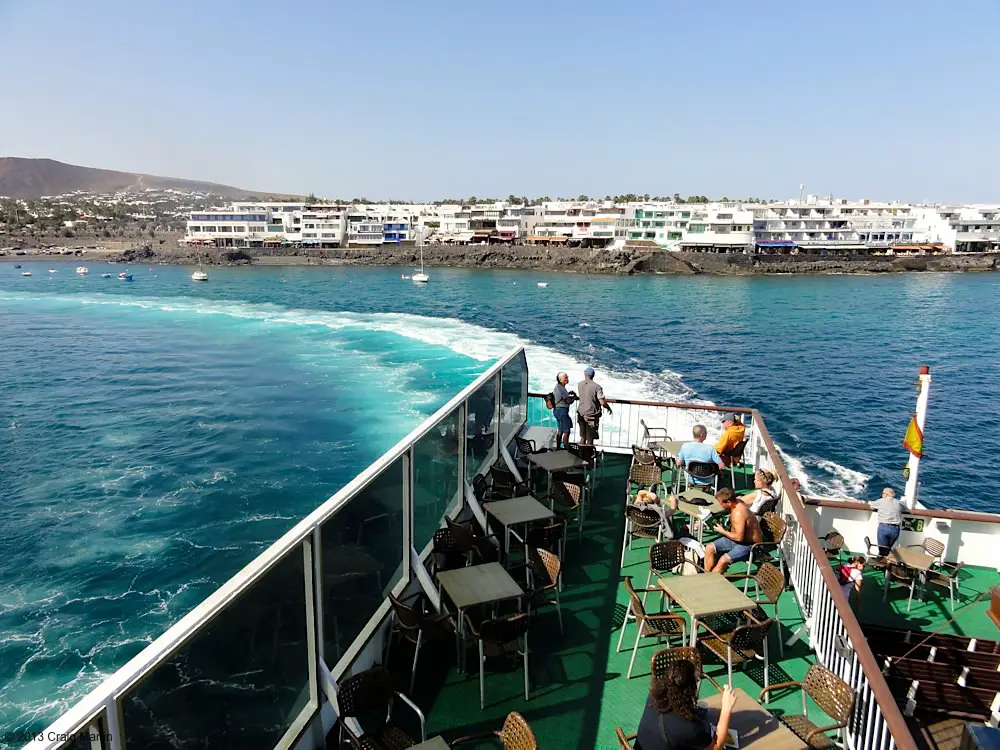
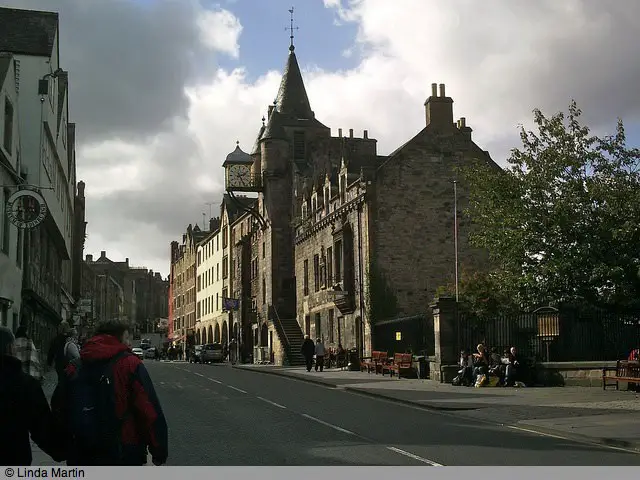

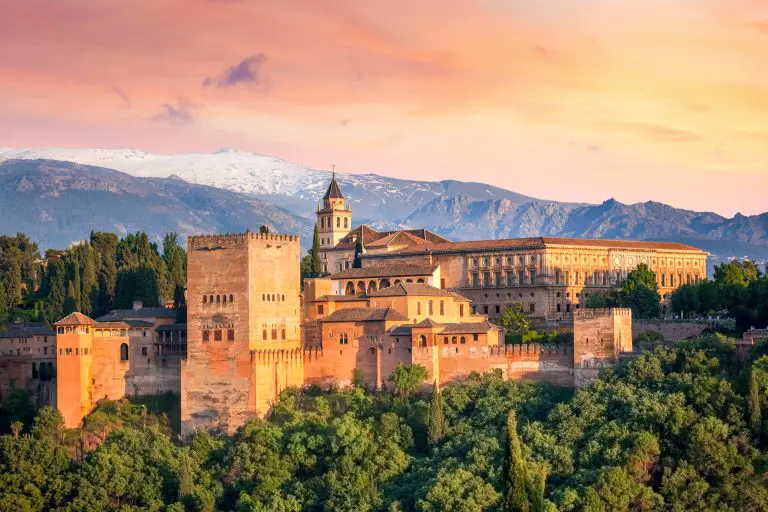
Good guide for someone visiting the area. I think you captured the essence of its high-tech/university atmosphere quite well.
I lived in PA for several years and still live in a nearby city. Something I remember and reflect upon when I’m in PA is the wonderful aroma coming from the restaurants in the downtown area — always makes me hungry!